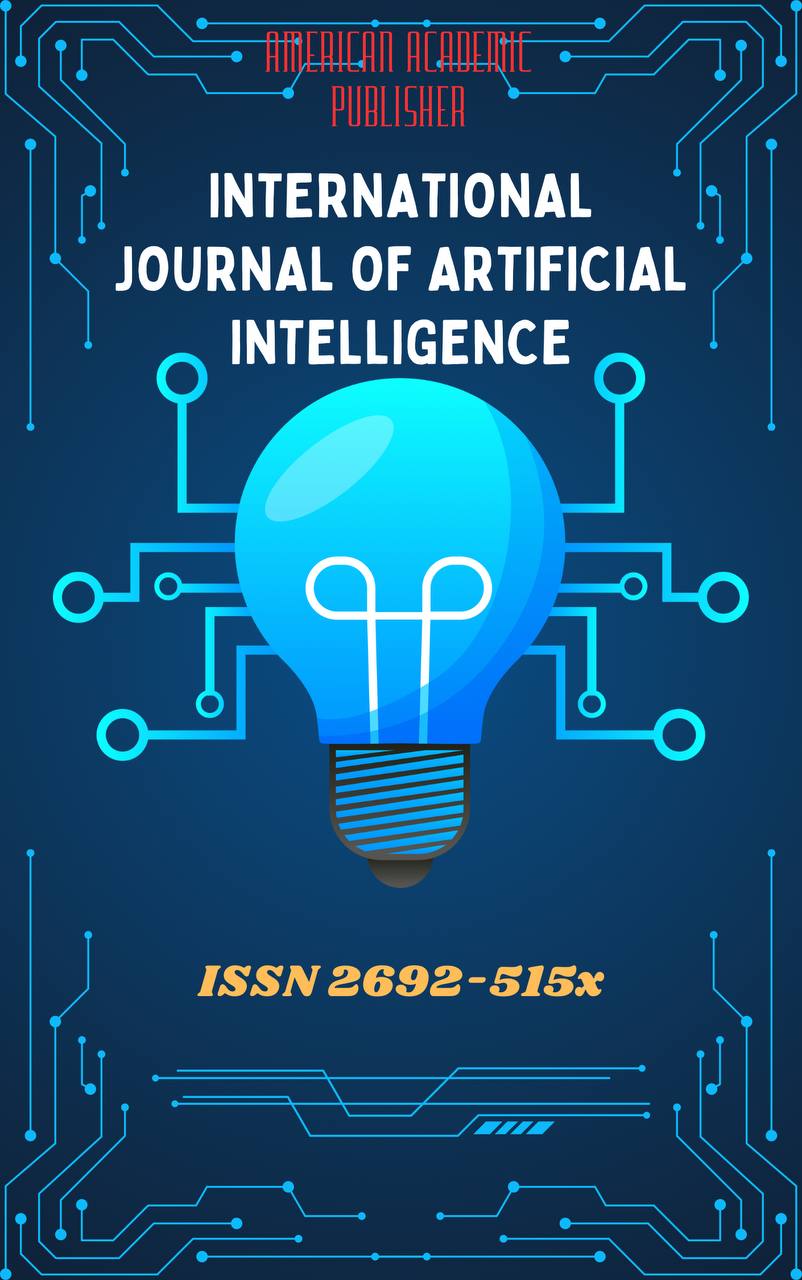 Articles
| Open Access |
Articles
| Open Access | AGRICULTURAL CLUSTERS IN THE REPUBLIC OF UZBEKISTAN AND THEIR IMPACT ON TAX POLICY
Burkhanov Nazarkhon,Khudayarova Mekhrangiz ,Abstract
The introduction of the cluster system in agriculture in the Republic of Uzbekistan is an important stage in modernizing the agrarian sector, increasing production efficiency, and strengthening export potential. The study analyzes the interrelation between agricultural clusters and tax policy, as well as examines the impact of tax burden on their economic efficiency.
The research results show that cotton-textile, grain, fruit and vegetable, and livestock clusters differ significantly in terms of investment attractiveness, tax rates, and profitability. In particular, cotton-textile clusters have attracted the largest investments due to tax incentives and state support, while fruit and vegetable and livestock clusters face a higher tax burden.
Keywords
Agricultural clusters, tax policy, investment, cotton-textile, fruit and vegetable cluster, livestock cluster, grain cluster, tax incentives, tax burden, fiscal policy, econometric modeling, export potential, tax rates, state support, land tax, tax optimization, agriculture, food security, entrepreneurship.
References
Tax Code of the Republic of Uzbekistan (Articles 427, 429).
Resolution No. 571 of the Cabinet of Ministers of the Republic of Uzbekistan, July 9, 2019 – "Regulation on the Ministry of Agriculture of the Republic of Uzbekistan."
AGRO.UZ Statistical Data (2020-2024).
Tax Report on Agricultural Lands (2024).
Resolution No. 397, June 22, 2020 – "Measures for Further Development of Cotton-Textile Production."
Presidential Decree No. PF-14, November 16, 2021 – "Measures for Regulating the Activities of Cotton-Textile Clusters."
International Research on Taxation and Fiscal Policy (Comparative Analysis with Other Countries' Practices).
Scientific Articles on Economic Development and Agriculture in the Republic of Uzbekistan.
Swinnen, J. (2020). Director General of the International Food Policy Research Institute (IFPRI). Retrieved from https://www.ifpri.org/profile/johan-swinnen
Qaim, M. (2019). [Work on global food value chains – details not found].
Lal, R. (2020). Managing soils for negative feedback to climate change and positive impact on food and nutritional security. Archives of Agronomy and Soil Science. Retrieved from https://www.tandfonline.com/doi/full/10.1080/00380768.2020.1718548
Naylor, R. (2015). The Evolving Sphere of Food Security. Oxford University Press. Retrieved from https://www.amazon.com/Evolving-Sphere-Food-Security/dp/0199354065
Yunusov, I., et al. (2023). Clustering of Agriculture in the Republic of Uzbekistan. E3S Web of Conferences. Retrieved from https://www.e3s-conferences.org/articles/e3sconf/abs/2023/18/e3sconf_aquaculture2023_02002/e3sconf_aquaculture2023_02002.html
Maxmasobirova, N. (2022). Agricultural Clusters: Theory, World Practice and Development Opportunities in Uzbekistan. Retrieved from https://www.academia.edu/81706304/
Khakimov, R., et al. (2022). Current State of Agriculture in the Republic of Uzbekistan and the Need for Improving the Efficiency of Agro-Clusters in the Fruit and Vegetable Industry. Retrieved from https://www.researchgate.net/publication/361584137
Saidov, M., et al. (2023). Theoretical Analysis of Agricultural Clusters in Innovative Economy. Retrieved from https://www.researchgate.net/publication/373654130
Ochilov, I. (2024). Issues of Improving Financing of Agricultural Clusters. BIO Web of Conferences. Retrieved from https://www.bio-conferences.org/articles/bioconf/pdf/2024/01/bioconf_msnbas2024_02035.pdf
Article Statistics
Downloads
Copyright License

This work is licensed under a Creative Commons Attribution 4.0 International License.

